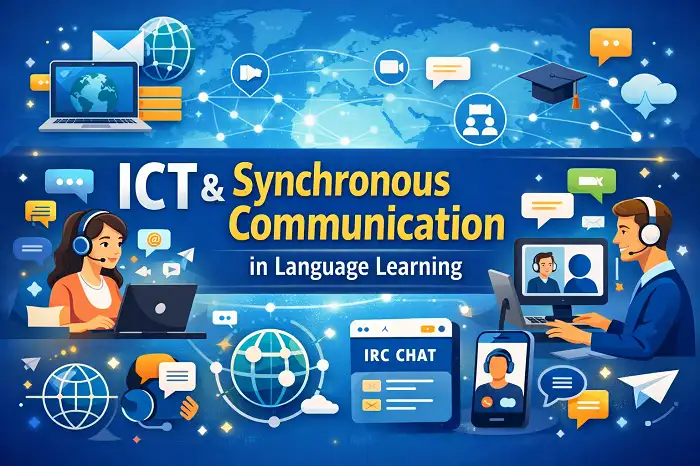Table of Contents
Output Hypothesis
Output Hypothesis
Swain’s Comprehensible Output Hypothesis emphasises the importance of consciousness, both in terms of learners’ noticing gaps in their interlanguage and developing metalinguistic awareness. The comprehensible output hypothesis constitutes an important addition to work on the role of interaction in L2 acquisition. In other words, output contributes to acquisition. It is in contrast with ‘input hypothesis’.

Swain’s Output Hypothesis depicts what happens in an L2 learner’s mind when a message flows from the Conceptualiser component to the Formulator and when his/her speech is overtly articulated (DeKeyser, 2007). Massive input still does not lead to accuracy in all aspects of grammar. That is, input is not sufficient and output plays a significant role in acquisition.

One way in which output may promote acquisition is by priming learners to attend to linguistic features in the input. Izumi suggests that output causes the learners to undertake a cognitive comparison between the target language form and their interlanguage form leading them to eradicate the interlanguage form. The need to speak and write makes learners pay attention to aspects of grammar which they would not need for comprehension purposes alone and thus makes them notice gaps in their knowledge.

de Bot proposes that output hypothesis leads to enhancing fluency through practice. He states that output practice plays an important role in enhancing fluency by turning declarative knowledge into procedural knowledge. Skehan suggests that production has six roles:
- It serves to generate better input through the feedback that learners’ efforts at production elicit.
- It forces syntactic processing (i.e. it obliges learners to pay attention to grammar).
- It allows learners to test out hypotheses about the target-language grammar.
- It helps to automatise existing L2 knowledge.
- It provides opportunities for learners to develop discourse skills, for example by producing ‘long turns’.
- It is important for helping learners to develop a ‘personal voice’ by steering conversations onto topics they are interested in contributing to.
References
- DeKeyser, R. M. (2007). Practice in a second language: Perspectives from applied linguistics and cognitive psychology. Cambridge: Cambridge University Press.



